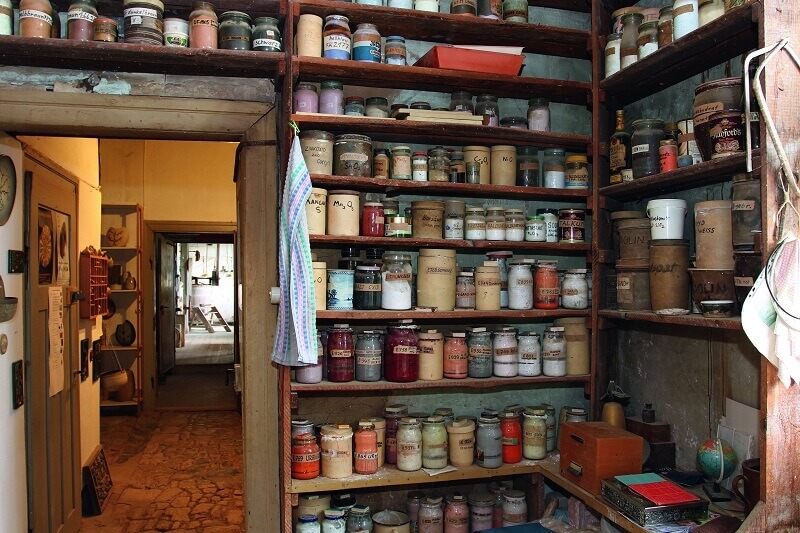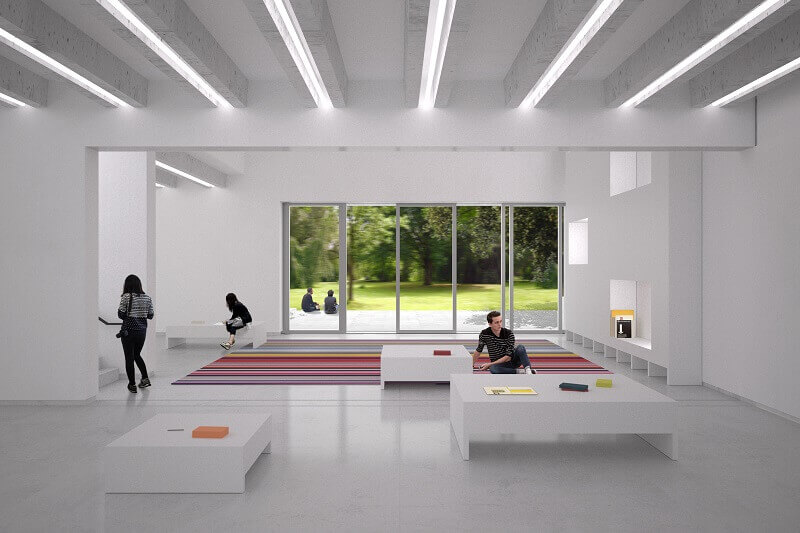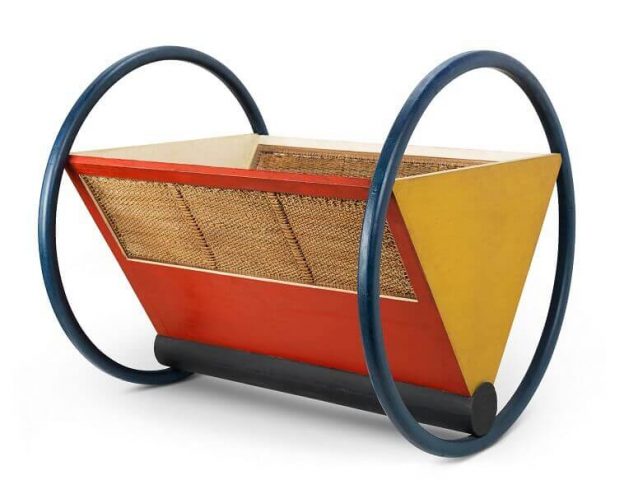In 2019, Germany celebrates the centenary of the Bauhaus. This legendary academy for arts and architecture was founded in Thuringia in the heart of Germany in 1919. To the present day, the Bauhaus concepts offer inspiration to architects, designers, and artists across the world and continue to influence our everyday lives. To mark the occasion of the Bauhaus anniversary, Thuringia invites visitors on a journey of discovery to the birthplace of this famous movement. It is a place where a revolution of the arts heralded the dawning of a new era, and where the pioneering spirit and joy of experimentation that characterize Bauhaus and modernism are still tangible.

Haus Am Horn, the model house designed and constructed by Georg Muche as the prototype for the Bauhaus exhibition in 1923, part of the UNESCO World Heritage sites Bauhaus in Weimar and Dessau
Photographer: Samuel Zuder / © Thüringer Tourismus GmbH
From its humble beginnings in Weimar, the Bauhaus quickly made a name for itself and became the center of the international avant-garde movement. In 1919, architect Walter Gropius founded this world-famous art and design school under the name of “Staatliches Bauhaus zu Weimar”. In 1925, the school moved to the town of Dessau, and later to Berlin, where it was closed down in 1933. The Bauhaus masters and students went out into the world and the Bauhaus ideas traveled with them – from Tel Aviv and Chicago to Santiago de Chile, Moscow, and Tokyo.

Portrait Walter Gropius / Photographer: Louis Held, o.D / © Klassik Stiftung Weimar
The influence of the Bauhaus movement on the evolution of modern architecture, industrial design and modern art in the 20th century was substantial. Its ideal was to enable all disciplines of arts and crafts to interact to build the future together and design a better, modern lifestyle. Today, several Bauhaus buildings in Weimar and Dessau have been included on the UNESCO World Heritage list. Bauhaus furniture and other design objects of this style are considered iconic artifacts and are highly sought-after. They are seen as the epitome of timeless, universal and functional design. The joy of experimentation of Bauhaus and its aspiration to completely rethink the world continue to spark the imagination of architects, designers, and artists up to the present day.

Bogler-Keramik, Klassik Stiftung Weimar © Vereinigung der Benediktiner zu Maria Laach e.V., 56653 Maria Laach
In 1919, Weimar became not only the birthplace of the Bauhaus movement but also the cradle of the first German democracy (the Weimar Republic, from 1919 to 1933). The early years of Bauhaus art and design, in particular, were therefore strongly influenced by curiosity and a desire for change. Masters and students experimented with materials, forms, and colors, but also with new housing concepts and teaching methods. Artists such as Paul Klee, Wassily Kandinsky, Lyonel Feininger, Marcel Breuer, and Marianne Brandt answered the call of the Bauhaus founder Walter Gropius and came to Weimar.

Haus des Volkes 1925-1927, designed by Alfred Arndt and Ernst Gebhardt, Probstzella
© Bauhaushotel “Haus des Volkes”
Thuringia is home to the origins of Bauhaus. In Weimar, these can be explored as part of the Bauhaus collection, along with the “Haus Am Horn” – the first architectural manifestation of Bauhaus design – and many other authentic sites. But Bauhaus and modernism can also be experienced in many other places across Thuringia – from Bauhaus pottery in Dornburg and innovative textile crafts in Erfurt to modern architecture in Jena and Gera or the “Haus des Volkes” in Probstzella.

Bauhaus ceramics workshops in Dornburg / © Konrad Kessler, Keramik-Museum Buergel / Thueringer Tourismus GmbH

Weimar Bauhaus University, main building, part of the UNESCO World Heritage sites Bauhaus in Weimar and Dessau / Photographer: Andreas Weise / © Thüringer Tourismus GmbH
The forerunners, prototypes, and icons of modern (life) style, the free thinking and the joy of experimentation of the early years of Bauhaus are vividly brought to life at original sites such as today’s Bauhaus University in Weimar, where the Bauhaus spirit is still vibrant, but also in historic workshops, in the new bauhaus museum weimar, and in the extensive centenary programme. Exhibitions, performances, and many other events staged to celebrate this major anniversary will demonstrate the ongoing inspirational influence of Bauhaus in Thuringia.

bauhaus museum weimar, lounge, visualization: heikehanada_laboratory of art and architecture
© Klassikstiftung Weimar
Cover Photo – Peter Keler, Kinderwiege (Cradle), 1922 © Klassik Stiftung Weimar
